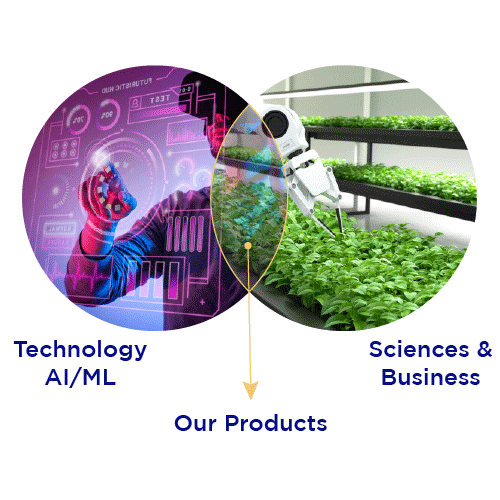Artificial Intelligence (AI):
What is Artificial Intelligence?
A: The ability of a digital computer or computer-controlled robot to perform tasks commonly associated with intelligent beings.
The term is frequently applied to the project of developing systems endowed with the intellectual processes characteristic of humans, such as the ability to reason, discover meaning, generalize, or learn from past experience.
What are the types of Artificial Intelligence?
- Reactive machines
- Limited Memory
- Theory of Mind
- Self-Awareness
How does AI work?
AI systems work by ingesting large amounts of labeled training data, analyzing the data for correlations and patterns, and using these patterns to make predictions about future states. In this way, a chatbot that is fed examples of text chats can learn to produce lifelike exchanges with people, or an image recognition tool can learn to identify and describe objects in images by reviewing millions of examples.
AI programming focuses on three cognitive skills: learning, reasoning and self-correction. Learning processes: This aspect of AI programming focuses on acquiring data and creating rules for how to turn the data into actionable information. The rules, which are called algorithms, provide computing devices with step-by-step instructions for how to complete a specific task.
Reasoning processes: This aspect of AI programming focuses on choosing the right algorithm to reach a desired outcome.
Self-correction processes: This aspect of AI programming is designed to continually fine-tune algorithms and ensure they provide the most accurate results possible.

Why is artificial intelligence important?
AI is important because, for the first time, traditionally human capabilities can be undertaken in software inexpensively and at scale. AI can be applied to every sector to enable new possibilities and efficiencies.
AI will help us in various ways,some of them are;
- Chat bots helping to boost customer interaction
- High-End security
- Overcoming business challenges
- Receiving personalized experience
- Improvement in search results due ti machine learning
- Improvement in the sales process
Some examples of Artificial Intelligence in Real Life?
- Siri, Alexa and other smart assistants
- Self-driving cars
- Robo-advisors
- Conversational bots
Machine Learning (ML):
What is Machine Learning?
A: Machine learning is a method of data analysis that automates analytical model building. It is a branch of artificial intelligence based on the idea that systems can learn from data, identify patterns and make decisions with minimal human intervention.Machine learning algorithms build a model based on sample data, known as training data, in order to make predictions or decisions without being explicitly programmed to do so. Machine learning algorithms are used in a wide variety of applications, such as in medicine, email filtering, speech recognition, and computer vision, where it is difficult or unfeasible to develop conventional algorithms to perform the needed tasks.
How Machine Learning Works?
Machine learning uses two types of techniques: supervised learning, which trains a model on known input and output data so that it can predict future outputs, and unsupervised learning, which finds hidden patterns or intrinsic structures in input data.
Why is Machine Learning so Important?
With the rapid growing of technology,Data became most valuable thing.So to manage the Big data,Machine learning has become a key technique for solving problems in areas, such as:
Computational finance, for credit scoring and algorithmic trading Image processing and computer vision, for face recognition, motion detection, and object detection.
Computational biology, for tumor detection, drug discovery, and DNA sequencing Energy production, for price and load forecasting
Automotive, aerospace, and manufacturing, for predictive maintenance
Natural language processing, for voice recognition applications,etc.
